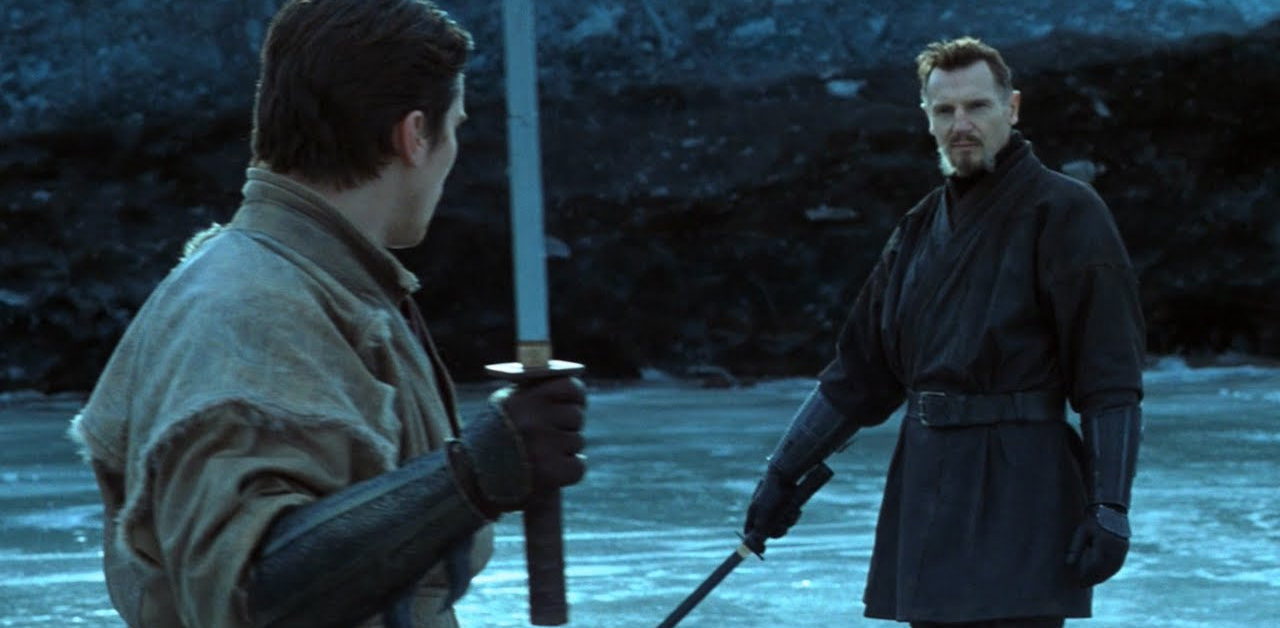Denny O’Neil passed away last week, at the age of 81.
Many more informed and articulate individuals have written at length about the writer and editor’s contribution to comic books as a medium. In practical terms, Denny O’Neil was a crucial figure in the evolution of Batman, one of the medium’s most enduring characters. During the seventies, he served as a stepping stone between the bright and chirpy “New Look” of the sixties and Frank Miller’s gritty reinvention of the eighties. He also served as editor of the line during the nineties, overseeing beloved events like Knightfall and No Man’s Land.

This is to say nothing of O’Neil’s larger contributions to comic books. During the seventies, he served as the conscience of mainstream comics, reinjecting the sort of politics that had been largely missing since the earliest days of Action Comics and Superman. With runs on Justice League and Green Lantern/Green Arrow, O’Neil sought to engage the iconic DC superheroes with contemporary America. It was often clumsy, but it was always powerful. This is without getting into O’Neil’s hugely influential runs on books like Iron Man or The Question.
However, this week was also the fifteenth anniversary of the release of Batman Begins. This was a hugely influential superhero film, kicking off what might be considered the genre’s crowning accomplishment. Christopher Nolan’s film is heavily indebted to O’Neil, with O’Neil’s comic The Man Who Falls serving as a touchstone for the film’s approach to Bruce Wayne. However, the film was also notable for offering the first live action interpretation of one of O’Neil’s most sizable additions to the Batman mythos: Ra’s Al Ghul.

Batman has one of the most crowded and iconic rogues’ galleries in comics, packed to the brim with recognisable faces: the Joker, the Penguin, the Riddler, Catwoman, Two-Face, Poison Ivy, the Mad Hatter, the Scarecrow, Mister Freeze, Clayface. It’s a crowded field. Writers and artists are constantly trying to add to that, to add their own new characters to the mix. Very few actually catch on, with arguably only Bane and Harley Quinn managing to reach the top tier within the last thirty years. This makes Ra’s Al Ghul all the more impressive.
In the past few years, Ra’s Al Ghul has been cemented as an essential part of the Batman mythos. Both Arrow and Gotham featured the character as a major antagonist, anchoring season-long arcs, played by Mathew Nable and Alexander Siddig. (Liam Neeson reportedly even considered reprising the role for Arrow, even if he couldn’t make the schedule work.) The character has also been a staple of animated adaptations, going back to Batman: The Animated Series and continuing through Batman: The Brave and the Bold, Young Justice and Beware the Batman.

Ra’s Al Ghul has become such a fundamental part of the larger Batman universe that it is hard to imagine it ever existed without him. Nevertheless, he stands as one of the enduring creative legacies of writer Denny O’Neil and artist Neal Adams, who first introduced him to the Caped Crusader in the early seventies. In hindsight, as with Bane, it’s easy to see why Ra’s Al Ghul has endured in the way that he has. He fills an important gap in the larger Batman mythos. However, it was the genius of O’Neil and Adams to recognise that gap in the first place.
That’s what makes the character so fantastic. Despite being a relatively late addition to the Dark Knight’s collection of foes, he seems like he always belonged there.

Continue reading →
Filed under: Comics, Movies | Tagged: batman, batman begins, Christopher Nolan, Denny O'Neil, ra's al ghul | 3 Comments »



































